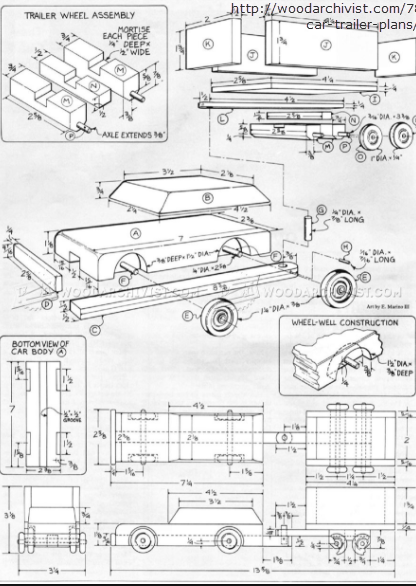Force/Mass Car Stopping STEM Project
Purpose: To apply problem-solving skills using the Engineering Design Process. This project is very basic and can be modified or expanded to suit your classroom situation.
Learning Targets:
Describe and identify forces that affect motion on Earth.
Explain and apply examples of Newton’s Laws of Motion.
Apply balanced and unbalanced forces.
Work through the design cycle to construct and implement a solution that meets design criteria and constraints.
Design a solution to a problem involving the motion of two colliding objects.
Prompt: The Pennsylvania Turnpike has reported an increase in cars passing their toll booths without paying. This is costing the Turnpike Commission millions of dollars a year and is preventing them from repairing the roadway and working on other projects. They have asked a number of engineering firms to design a device that will stop a vehicle that doesn’t pay the toll. They will listen to each design firm pitch their final design before choosing which one to purchase and install at all 36 of their toll locations.
There are a number of car-stopping devices on the market (see Section 2), however, the PA Turnpike Commission is hoping for a device that will not damage the car or the occupants inside. The last thing they need is a lawsuit by a commuter that forgot their EZ-Pass.
The Job: Design a device to stop a car at a toll booth.
Criteria:
- Cars must be able to pass by the device safely if they pay the toll.
- The device cannot damage the car.
- The device must not hurt the occupants of the car.
- The device must stop the car.
The Process:
Brainstorm: Each member of the group will sketch a design idea during the 5 minute brainstorm period. Once the period is over groups will discuss what ideas they came up with and choose which design or which features from each design they are going to use.
Design Sketch: The group will then draw a prototype design sketch. This should have labeled parts, measurements, materials, and any other information present so it can be understood by anyone that isn’t in the group. Check out the examples of design plans below to help you understand what these might look like at a professional level.

Prototype Build: As a group, build the prototype, this might be smaller than the final product, however, the device should be functional enough that the group will know if it’s going to work or the design needs to be improved.
Redesign: Groups go back to the plan and redesign any parts to improve the design
Build: Groups gather their materials and build their device.
Testing: The class will test each device to see if it meets the criteria outlined by the Turnpike Commission. Use a radio-controlled, pull-back car or a car coming down a ramp from the same height to make each test similar.
Design Pitch: Once tested, each group will prepare a presentation to pitch their design to the Turnpike Commission to win the contract.
Accessibilitly
UDL Principles (https://udlguidelines.cast.org/)
Provide learners with as much discretion and autonomy as possible by providing choices in such things as: - The level of perceived challenge
- The type of rewards or recognition available
- The context or content used for practicing and assessing skills
- The tools used for information gathering or production
- The color, design, or graphics of layouts, etc.
- The sequence or timing for completion of subcomponents of tasks
- Present key concepts in one form of symbolic representation (e.g., an expository text or a math equation) with an alternative form (e.g., an illustration, dance/movement, diagram, table, model, video, comic strip, storyboard, photograph, animation, physical or virtual manipulative)
- Make explicit links between information provided in texts and any accompanying representation of that information in illustrations, equations, charts, or diagrams
- Anchor instruction by linking to and activating relevant prior knowledge (e.g., using visual imagery, concept anchoring, or concept mastery routines)
- Use advanced organizers (e.g., KWL methods, concept maps)
- Pre-teach critical prerequisite concepts through demonstration or models
- Provide prompts and scaffolds to estimate effort, resources, and difficulty
- Provide models or examples of the process and product of goal-setting
- Provide guides and checklists for scaffolding goal-setting